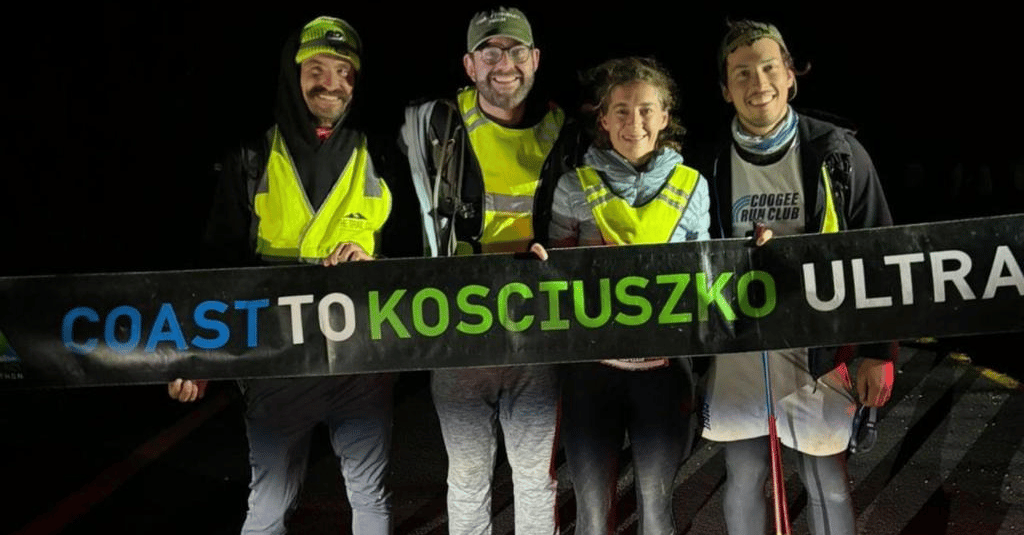Why Trail Running Is Poised to Be One of 2025’s Biggest Fitness Waves
Trail running is breaking past niche status. Fueled by escape, mental health gains, inclusivity, and community, it’s emerging as one of 2025’s defining fitness trends—reshaping how and where people move.
FITNESS


You’ve felt it too—the pull of a path less taken, the whisper in the wind beyond city noise. In 2025, more fitness seekers than ever will answer that call. Trail running is no longer just a fringe pursuit. It is evolving into a movement that combines physical challenge, mental restoration, natural connection, and community. And it’s poised to become one of the most compelling fitness trends of the year.
If you ask why now, the answer lies in how this form of running addresses central human needs: escape, meaning, and belonging.
The Forces Propelling Trail Running’s Rise
1. A Surge in Participation and Fresh Faces
Trail running is scaling globally. In the first half of 2025, over 800,000 runners competed in trail events—42 percent of them for the first time.
Fitt Insider
Strava uploads of trail runs have doubled in just three years, while flagship events like the UTMB series have seen participant numbers grow 2.4 times since 2022.
Fitt Insider
This influx includes a strong lift in female and Gen Z involvement. Women’s participation in ultra events is rising notably, and Gen Z women have driven a 6.5× increase in trail uploads over recent years.
Fitt Insider
The point is this: trail running is ceasing to feel elite or distant. It is opening itself to people who once thought you needed specialized genetics or elite capacity. Now, many stick to shorter distances. The average Strava trail run sits around six miles—not a mountain ultra.
Fitt Insider
This accessibility is vital to its momentum.
2. The Allure of Mental Reset in Nature
One of the most consistent themes runners relay is how trails quiet their minds. Without traffic, traffic lights, or the hum of urban life, nature demands attention to foot placement, breath, terrain, and awareness. It becomes a travelogue for focus and flow. Ella Clark, a trail runner in Australia, describes it as nearly childlike: “There is nothing more fun than racing down a steep track.”
Daily Telegraph
From a psychological standpoint, this resetting is powerful. Recent academic studies on running experience highlight how environment, mental state, and social connection jointly shape whether a run feels restorative or draining. (For example, scenic or nature-rich routes often foster more positive running experience than urban ones.)
arXiv
In that vein, trail running offers what many city roads can’t: a path that demands senses, invites presence, and renews perspective.
3. Events, Community, and Culture Are Converging
Trail races today are not just competitions—they are experiences. Race weekends have grown social, communal, festival-like. Many participants attend with friends or family, treating the event as a shared adventure rather than a solo push.
Fitt Insider
This communal dimension helps break the solitude myths of trail running.
The fitness calendar is also swelling with new trail options—many short to mid-distance, many in regions that were formerly road-run strongholds. Organizers are responding to demand.
Endurance Sportswire
Simultaneously, trail running is being named among the “outdoor fitness trends to watch” in 2025 by sector analysts, alongside better gear, wearable tech, and growth in movement-based challenges.
Advnture
As the gear improves (lighter shoes, better grip, improved durability), the barrier to entry lowers. Innovators are creating trail shoes that rival road performance while offering more terrain resilience.
RUN | Powered by Outside
This convergence—of community, tech, gear, culture—is creating fertile ground for growth.
What This Means for Fitness Enthusiasts, Brands, and Communities
For Runners and New Entrants
If you’re looking for a fitness path that delivers variety, mental relief, and a sense of exploration, trail running is an ideal candidate. You don’t need to leap to ultras. Begin with local trails, park reserves, forestry tracks. The journey itself is part of the reward. Over time you’ll build strength, agility, and a deeper appreciation for movement in nature.
For Fitness Brands and Startups
Trail running presents a growing market that values authenticity, durability, story, and function. Brands that pitch “just a road shoe” lose relevance here. Instead, seek innovation in traction, cushioning, environmental impact, and wearable integration for off-grid routes. Likewise, apps and platforms have opportunity: route discovery, social trail clubs, safety features, eco-tracking, and storytelling around place.
For Communities and Destination Economies
Places with trails—regional hubs, national parks, landscapes off the beaten path—stand to gain tourism, vibrancy, and community identity. Hosting trail events, creating safe trail infrastructure, supporting conservation, and marketing “runable nature” can become engines for sustainable activation. Runcations, running-focused travel, and trail holiday packages are already growing.
Outside Online
The Last Word: Beyond the Trend, Toward a Movement
Trends come and go. But some shifts endure when they speak to deeper human longings. Trail running’s rise in 2025 is more than fitness by another name. It is a turn toward reconnection—with landscape, self, community.
TMFS believes that when movement aligns with meaning, it becomes more than exercise—it becomes identity. Trail running invites us to challenge bodies and quiet minds. It demands humility, patience, presence. It offers both solitude and shared joy.
If 2025 is your year to shift your fitness path, consider donning off-road shoes, stepping off pavement, and feeling the drag of loose earth underfoot. Let the trail teach you pace, rhythm, and elevation not just in your run but in how you see life.
Join us at TMFS as we explore what’s next at the intersection of movement, mentorship, and mind. We’ll map places, communities, founders in trail culture, and technology innovations as this wave gains ground.
All rights belong to their respective owners. This article contains references and insights based on publicly available information and sources. We do not claim ownership over any third-party content mentioned.
